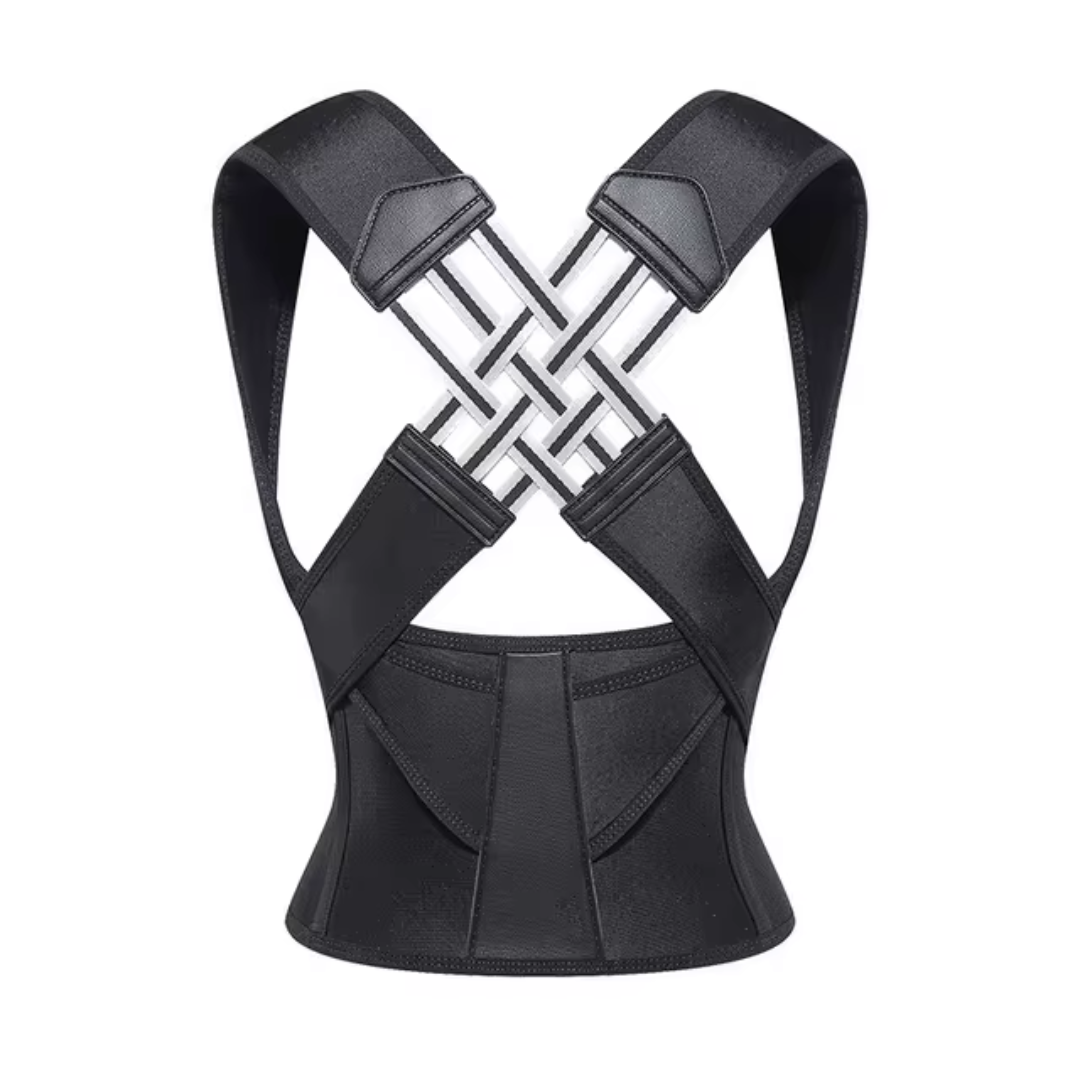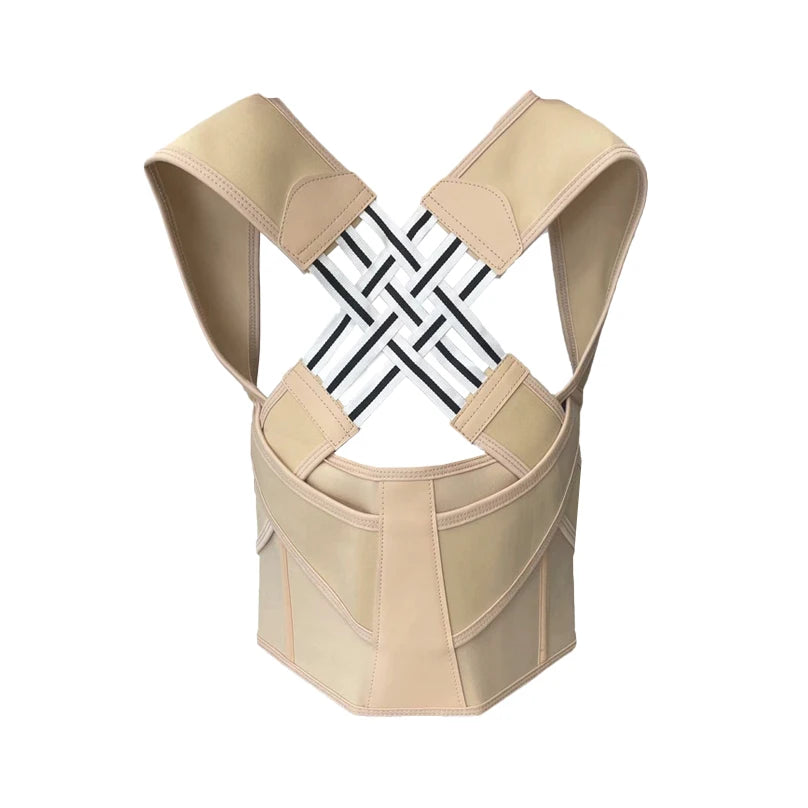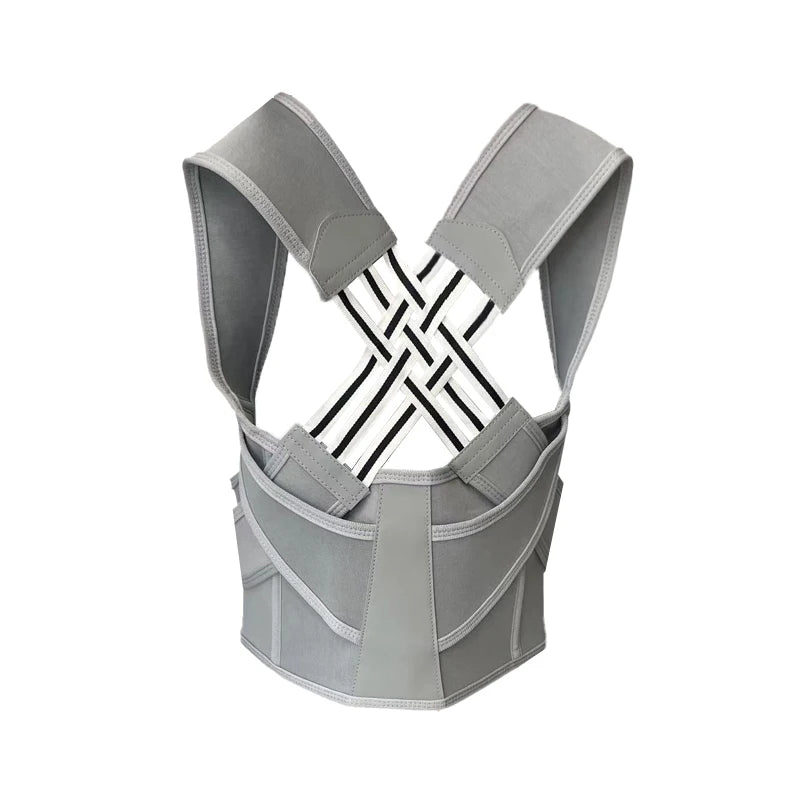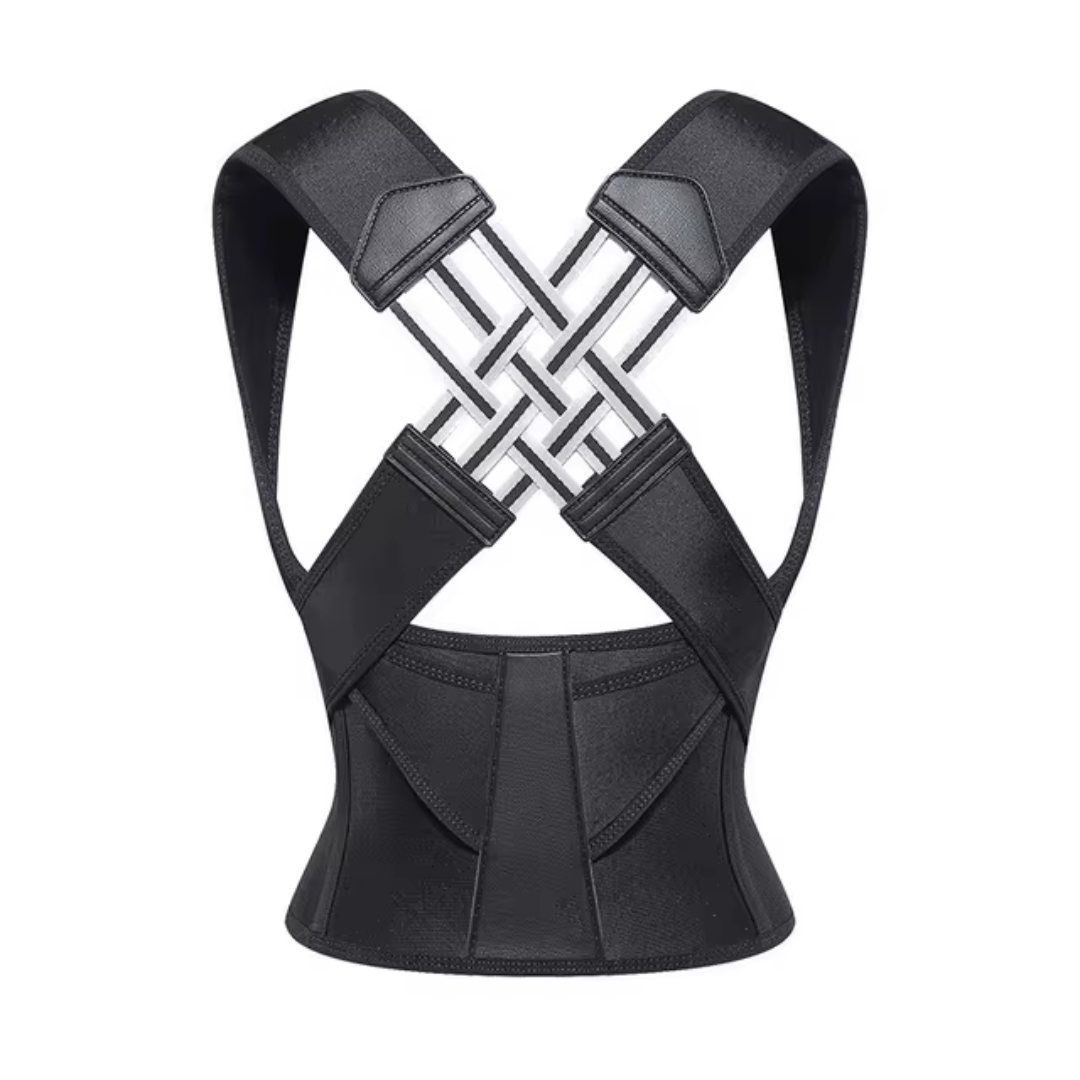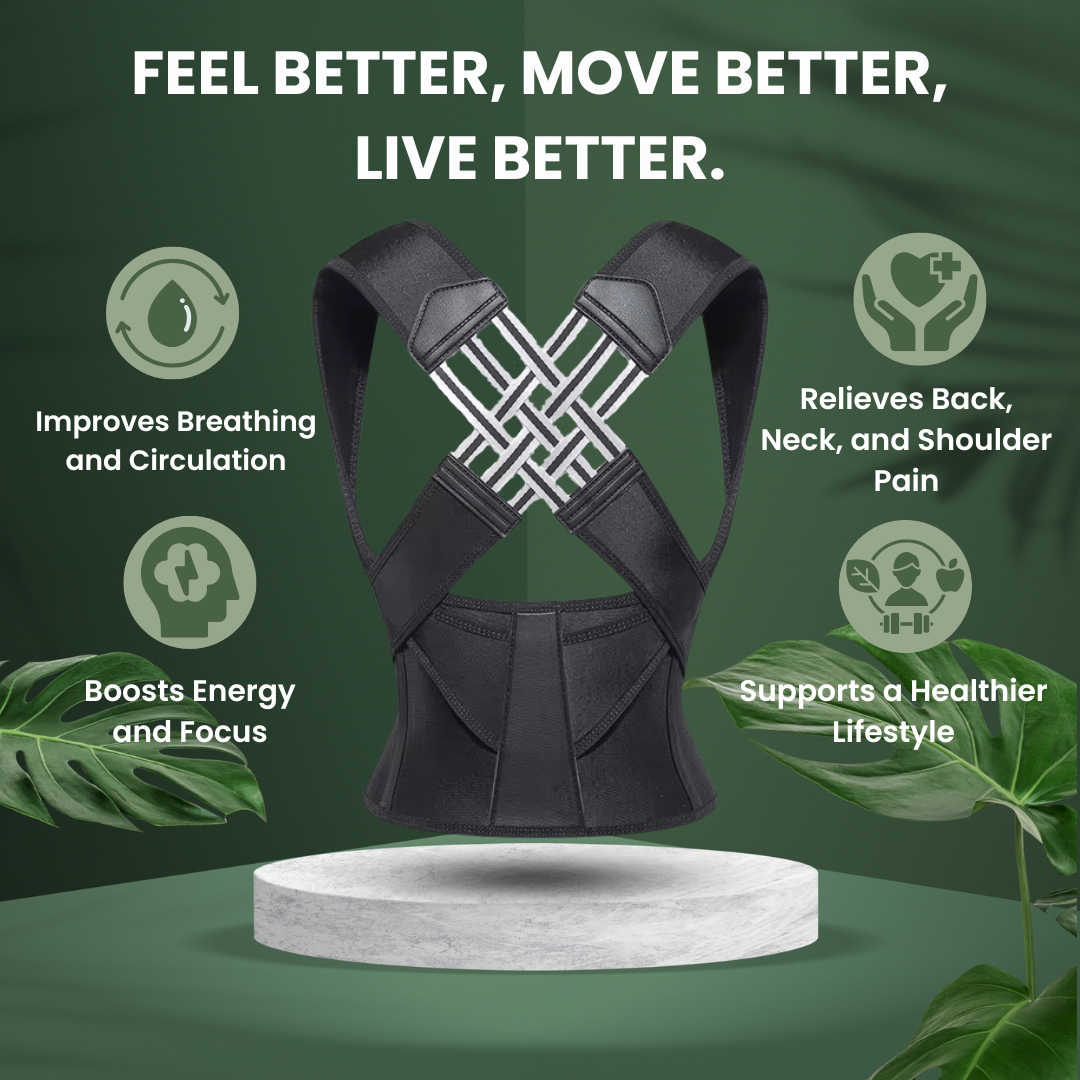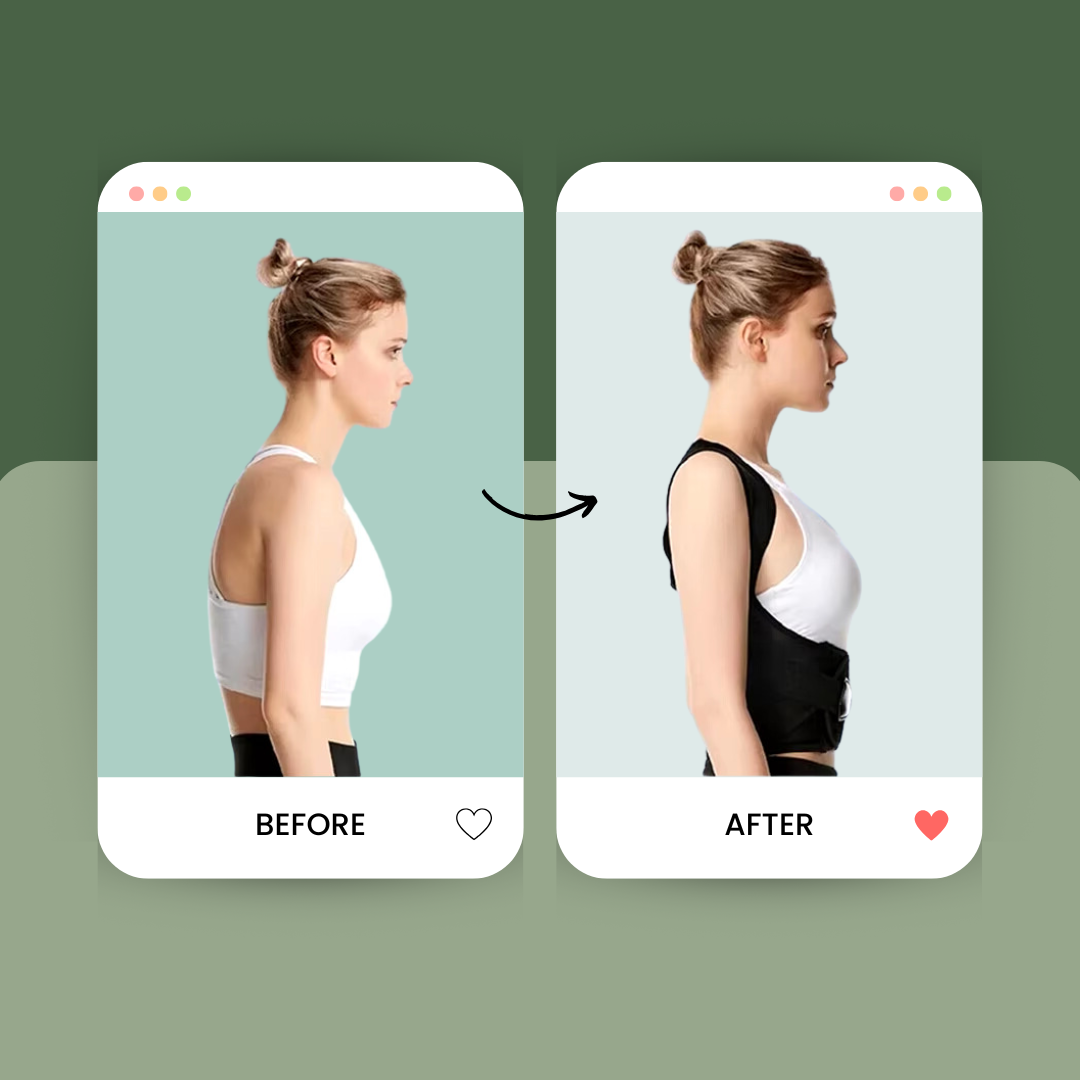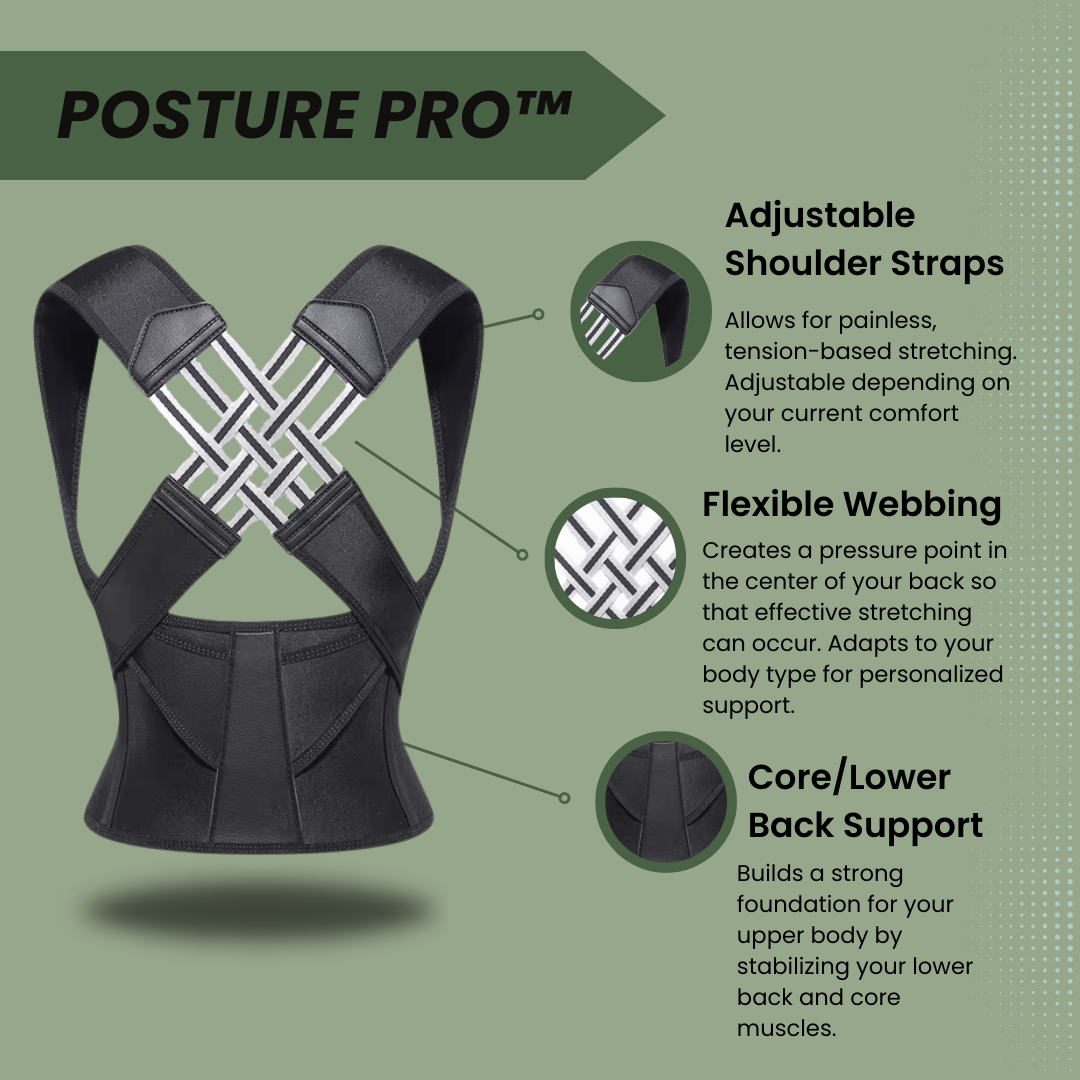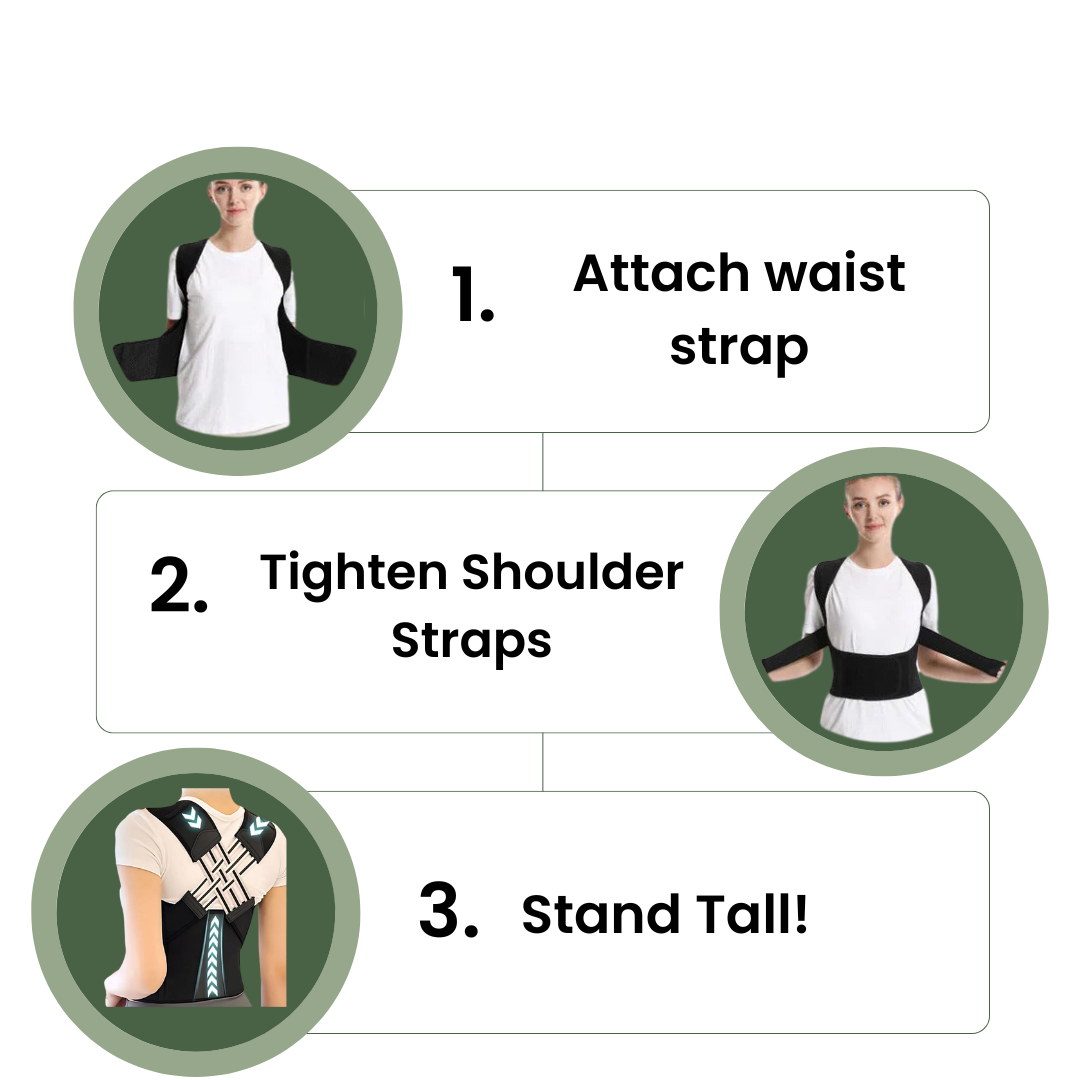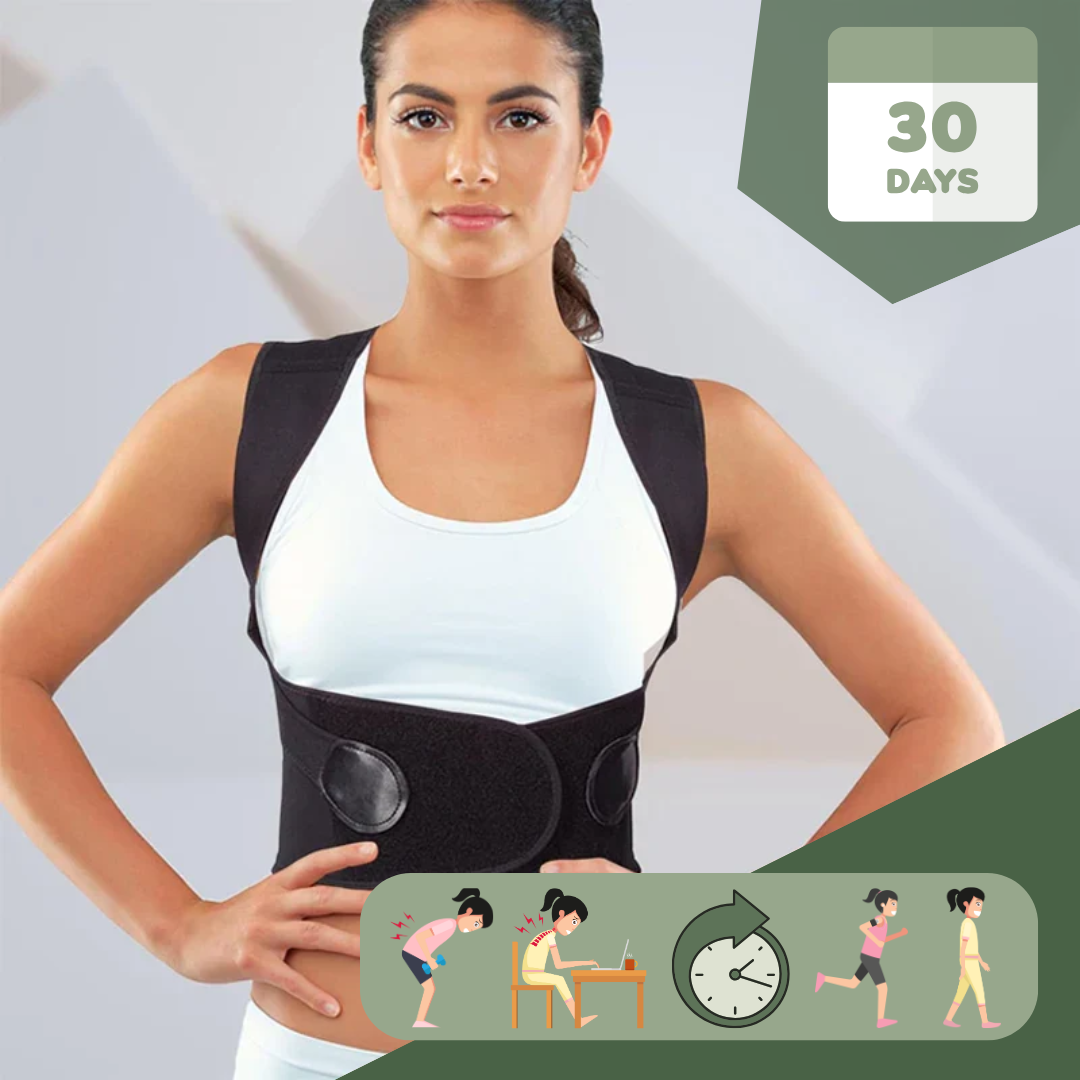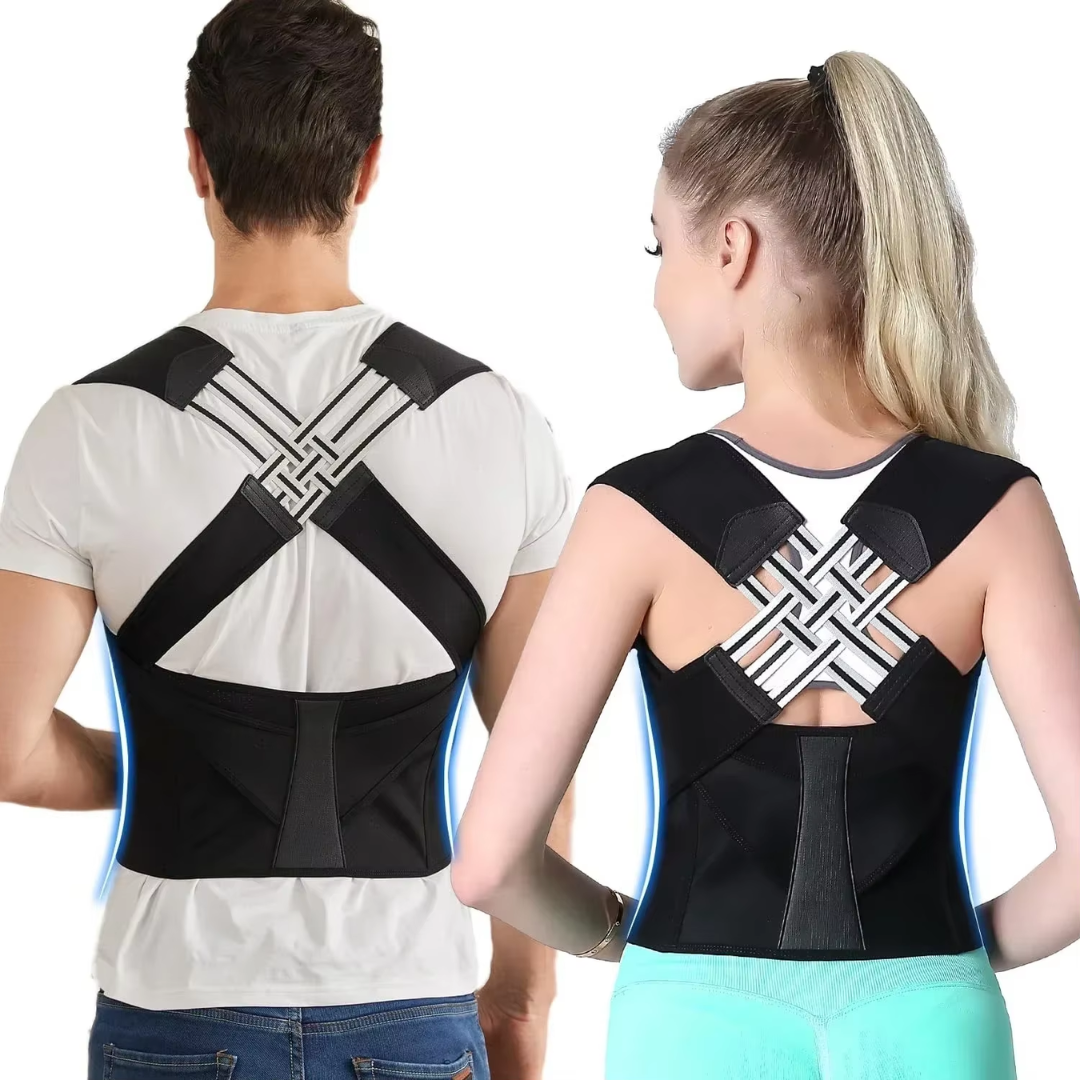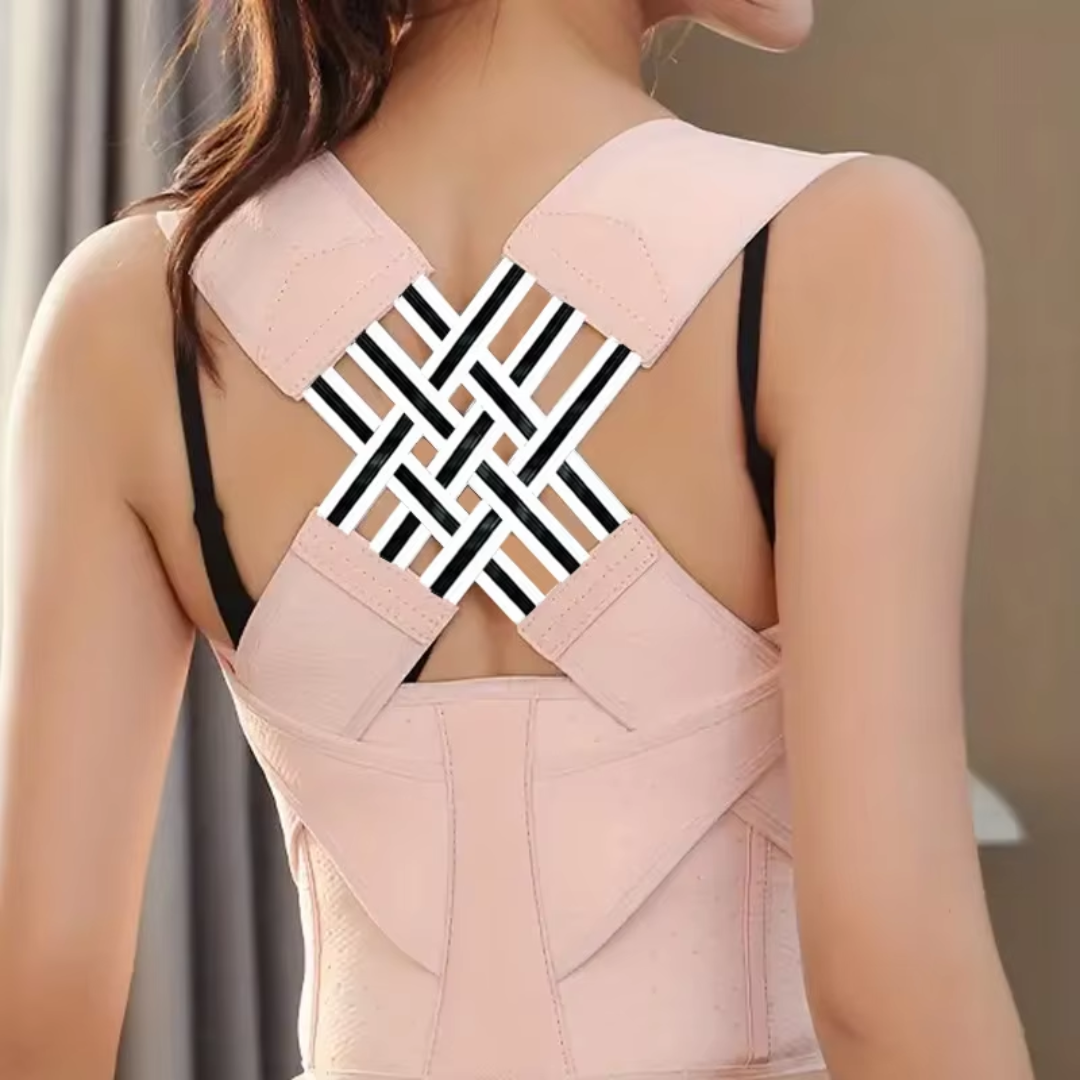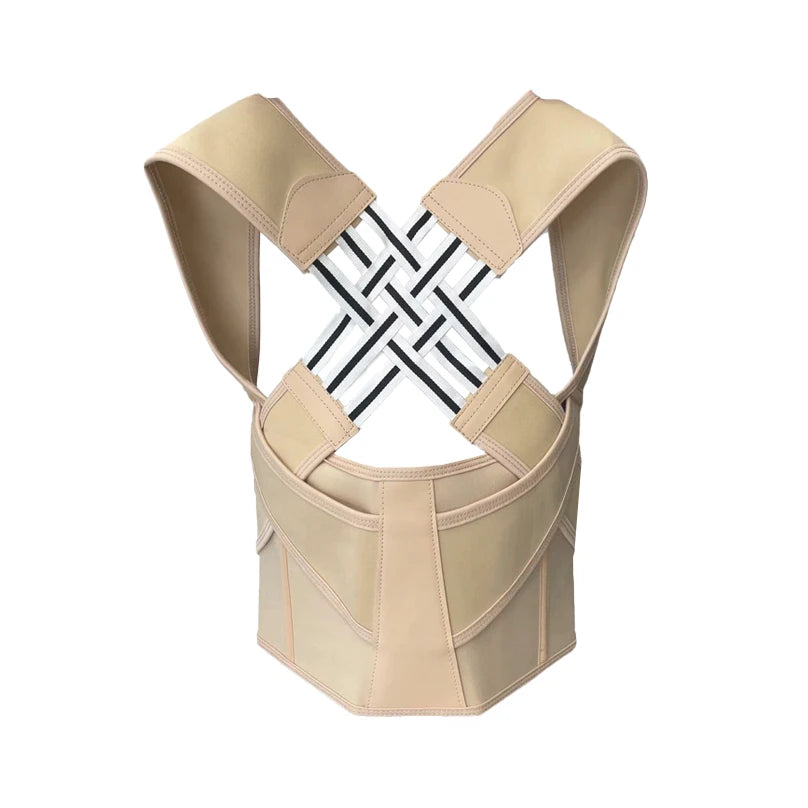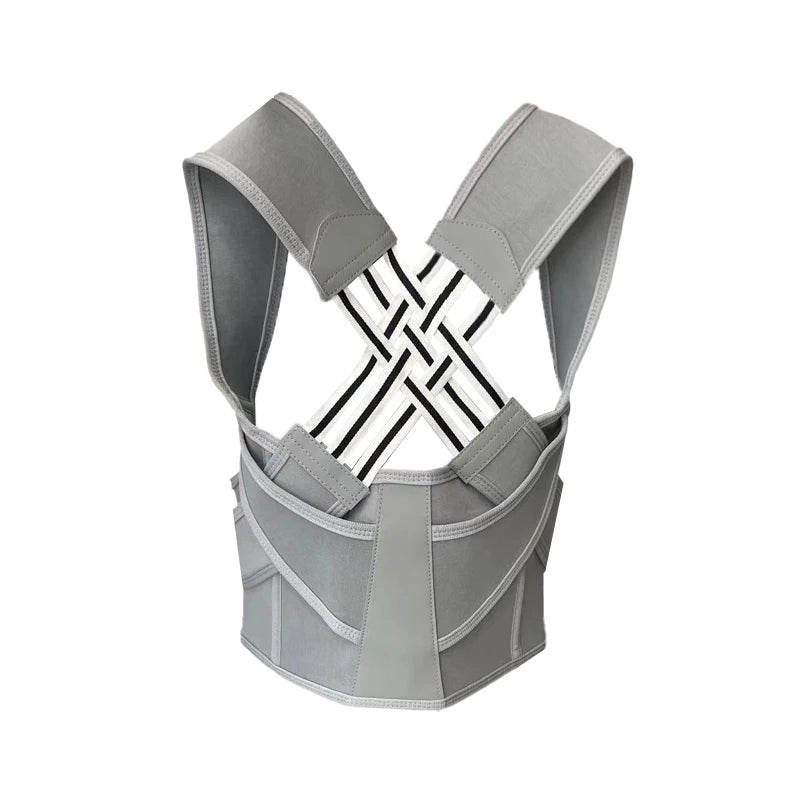Many people struggle with tight muscles and limited movement. Foam rolling for better mobility offers a solution. This blog explains eight key exercises that improve flexibility and movement.
Keep reading to learn how.
Key Takeaways
- Foam rolling helps reduce inflammation, boosts blood flow to muscles, and aids in recovery after workouts. This makes movements more fluid and comfortable.
- Regular foam rolling can significantly improve flexibility and joint range of motion. It works by breaking up adhesions and scar tissue that restrict movement.
- The eight essential foam rolling exercises target the quads, hip flexors, calves, hamstrings, IT band, upper back, lats, and shoulders. These exercises enhance overall mobility.
- Using the correct technique while foam rolling is crucial for safety and effectiveness. Beginners should start with a soft roller to avoid discomfort.
- Foam rolling has been shown to aid in injury rehabilitation and improve athletic performance by reducing muscle soreness and fatigue.
Benefits of Foam Rolling for Mobility
Foam rolling offers significant benefits for mobility. It helps reduce inflammation and improves flexibility, making movement more fluid and comfortable.
Reducing inflammation
Foam rolling reduces inflammation in muscles and connective tissue. This process boosts blood flow to targeted areas, which helps with recovery. Increased circulation brings more oxygen and nutrients, aiding healing.
Regular use of foam rollers can enhance your flexibility routine while addressing muscle tension.
Studies show that consistent foam rolling decreases soreness after workouts. Athletes benefit greatly from this technique as it improves range of motion and joint mobility. The reduction in inflammation also supports effective active recovery strategies.
Foam rolling can be a game-changer for reducing muscle soreness.
Improving flexibility
Foam rolling significantly improves flexibility. This technique increases muscle flexibility and joint range of motion. Many people use foam rollers as a form of self-myofascial release.
It helps break up adhesions and scar tissue that restrict movement.
Regular foam rolling can reduce muscle soreness after workouts. Increased blood flow to targeted areas enhances muscle recovery too. The eight essential exercises focus on specific muscles, promoting better mobility and flexibility in your routine.
Athletes benefit greatly from these practices while anyone looking to enhance their overall mobility can find success with them as well.
8 Essential Foam Rolling Exercises for Better Mobility

Foam rolling can greatly enhance your mobility and flexibility. Discover effective techniques to target specific muscle groups for improved movement quality.
Quads
Quads play a vital role in leg movement and stability. This muscle group includes four muscles located at the front of your thigh. Foam rolling this area helps increase muscle flexibility and joint range of motion.
It reduces tightness, which can improve overall performance in mobility exercises.
Targeting quads with foam rolling aids recovery after workouts. Increased blood flow to these muscles alleviates soreness caused by exercise. Regularly practicing self-myofascial release on quads can enhance stretching tolerance and pain control, helping athletes and fitness enthusiasts alike prevent injuries effectively.
Hip flexors
Foam rolling the hip flexors helps increase muscle flexibility and joint range of motion. This area often tightens due to prolonged sitting or certain exercises, limiting movement.
Targeting these muscles with a foam roller can alleviate tightness and improve mobility. Focus on rolling slowly over the hip flexor region while applying gentle pressure.
Regular foam rolling increases blood flow to your hip flexors, aiding in recovery after workouts. It also decreases muscle soreness from exercise, enhancing overall performance. By breaking up adhesions and scar tissue, foam rolling contributes to better flexibility training.
These benefits make it an essential technique for injury prevention and improved movement efficiency.
Calves
Calves play a crucial role in mobility and movement. Foam rolling on this muscle group enhances flexibility and joint range of motion. Regularly targeting the calves can help alleviate tightness or trigger points.
Self-myofascial release through foam rolling increases blood flow to these muscles, aiding recovery after workouts.
Incorporating calf foam rolling into your routine helps reduce soreness from exercise. This exercise promotes better performance by breaking up adhesions and scar tissue that restrict movement.
With improved stretch tolerance, you will notice a difference in your overall mobility and flexibility as you practice these essential exercises consistently.
Hamstrings
Foam rolling the hamstrings can significantly improve flexibility and movement. This exercise targets tight muscles that often restrict performance. Foam rolling helps break up adhesions and scar tissue in the hamstrings, which alleviates tension.
Increased blood flow to this area aids muscle recovery after workouts. As a result, athletes experience less soreness and improved mobility.
Including foam rolling in your routine can enhance muscular performance. Research shows it increases joint range of motion (ROM) as well. These beneficial effects make foam rolling an essential tool for anyone looking to boost their mobility and flexibility effectively.
IT band
The IT band, or iliotibial band, runs along the outer thigh from the hip to the knee. Foam rolling this area helps break up adhesions and scar tissue that restrict movement. Regularly rolling the IT band can enhance flexibility and joint range of motion.
This self-myofascial release technique aids in decreasing muscle soreness after exercise.
Athletes often experience tightness in their IT band due to intense workouts. Using foam rollers can alleviate this discomfort and improve overall mobility. Increasing blood flow through targeted areas enhances muscle recovery as well.
Incorporating these exercises into your routine promotes better movement control for both athletes and those seeking improved flexibility in daily activities.
Upper back
Foam rolling the upper back enhances muscle flexibility and impacts joint range of motion. Use a foam roller to apply pressure on tight areas. This self-myofascial release technique helps alleviate tension, improve flexibility, and reduce soreness after workouts.
It also increases blood flow to targeted muscles, supporting recovery.
Focus on rolling slowly along the upper spine and shoulder blades. This exercise can help break up adhesions that restrict movement. Many people experience less chronic pain in their upper body after regular foam rolling sessions.
Athletes often notice improved performance due to better mobility from these essential exercises for improved flexibility and movement.
Lats
Lats are important muscles that support many upper body movements. Foam rolling the lats can greatly improve flexibility and overall mobility. This exercise helps break up adhesions in the soft tissue, which may restrict movement.
The process aids in recovery after workouts by increasing blood flow to this area. Athletes and individuals seeking better performance can particularly benefit from targeting their lats.
Using a foam roller on the lats also reduces muscle soreness after training sessions. It is essential to use proper technique for effective self-myofascial release. Start with gentle pressure and gradually increase it as your body adapts.
Focus on rolling slowly along the side of your torso to alleviate tightness effectively while maintaining good exercise form throughout each session.
Shoulders
Foam rolling the shoulders can significantly improve flexibility and movement. This exercise targets tight muscle groups that often restrict range of motion. Use a foam roller to apply pressure on the shoulder muscles.
Roll slowly over each area for better results.
Studies show that foam rolling aids in recovery after workouts by increasing blood flow to the targeted areas. As you roll, focus on relieving tension and breaking up adhesions or scar tissue.
Foam Rolling helps athletes enhance performance while improving overall mobility and joint range of motion (ROM).
The Importance of Proper Technique and Safety Tips
Using the right technique while foam rolling ensures you get maximum benefits. Always pay attention to your body and adjust your approach as needed for safety and effectiveness.
How to properly foam roll different areas of the body
Foam rolling effectively increases muscle flexibility and joint range of motion. Use the following techniques to foam roll different areas of the body.
- Start with your quads. Position yourself face down, resting on the roller at your hips. Roll slowly from your hip to your knee. Focus on any tight spots along the way.
- Target the hip flexors next. Lie face down and place the roller under one hip flexor while keeping that leg straight. Gently roll from the front of your hip to just above your knee.
- Move to your calves after working on hip flexors. Sit on the floor and place both legs over the roller, resting on your hands for support. Roll from your ankles up towards your knees, pausing on tight areas.
- For hamstrings, sit on the roller with one leg extended in front and one leg crossed over it. Lean back slightly and roll from your knee towards your glutes.
- Focus on your IT band by lying on your side with the roller positioned beneath it. Keep that leg straight and roll from just above the knee to just below the hip.
- Work on upper back mobility next. Lie back onto the roller so it rests between your shoulder blades, supporting yourself with arms crossed or extended overhead. Slowly roll up and down along this area.
- Address tight lats while kneeling beside a wall or in a half-kneeling position next to a bench or table. Place one arm across the roller and lean into it while stretching out sideways.
- Finish with shoulders by sitting upright before placing one arm behind you with a roller under that shoulder blade area resting against a wall or flat surface for added support as you gently lower into rolling motion.
These essential foam rolling exercises will improve mobility and flexibility throughout various muscle groups in your body, making them crucial for better movement patterns overall.
Being cautious when first starting out
Starting foam rolling can feel new and challenging. Take your time to learn the technique. Begin with gentle pressure on sore areas. This method helps you avoid injury while still gaining benefits.
Using a softer foam roller is wise for beginners. It allows you to ease into the process without discomfort.
Focus on one area at a time, such as your quads or hamstrings. Spend around 30 seconds rolling each muscle group before moving on. Gradually increase pressure as you become more comfortable with foam rolling techniques like self-myofascial release.
Pay attention to how your body responds during sessions aimed at improving flexibility and movement.
Choosing the right foam roller
Foam rolling for better mobility starts with choosing the right foam roller. Different types exist, such as soft, medium, and firm. A soft roller is suitable for beginners or those recovering from injuries.
Firm rollers work well for experienced users who need more pressure on tight areas.
Consider the size of the foam roller too. Longer rollers cover larger muscle groups effectively, while shorter ones target specific spots. The density of a foam roller also impacts its effectiveness in self-myofascial release.
High-density options can break up adhesions and scar tissue better than softer models. Proper selection enhances your flexibility and movement during your exercises.
How Foam Rolling Can Help with Injury Rehabilitation and Performance
Foam rolling can improve injury recovery by increasing blood flow to affected areas. Regular use of foam rollers may enhance performance by promoting flexibility and reducing tension in muscles.
Chronic effects of foam rolling on flexibility and performance
Foam rolling significantly enhances flexibility and performance. It increases muscle flexibility and joint range of motion, allowing for better movement. Studies show that foam rolling can improve muscular performance while decreasing fatigue and soreness after workouts.
Regular use promotes faster recovery by increasing blood flow to targeted areas.
Athletes benefit from foam rolling as much as casual fitness enthusiasts do. The eight essential exercises specifically target different muscle groups, aiding in improved mobility and flexibility.
Over time, consistent practice helps break up adhesions and scar tissue that restrict movement. This self-myofascial release technique aids in preventing injuries and enhancing overall physical capabilities.
Limitations and potential benefits
Foam rolling offers benefits such as increased muscle flexibility and improved joint range of motion. It helps break up adhesions and scar tissue, enhancing movement quality. Studies show that foam rolling can alleviate muscle fatigue and soreness after workouts.
These effects can lead to better performance for athletes and anyone looking to improve mobility.
Limitations exist with foam rolling too. Some people may experience discomfort during self-myofascial release. Using the wrong type of foam roller could lessen its effectiveness or cause injuries.
It's crucial to start cautiously, especially if you are new to this practice. Targeting specific areas like the back and legs with proper technique is essential for achieving the best results in foam rolling for better mobility: 8 essential exercises for improved flexibility and movement.
Conclusions from studies on foam rolling
Studies show foam rolling significantly enhances muscle flexibility and joint range of motion. Research indicates that this self-myofascial release technique aids recovery after workouts.
It increases blood flow to targeted areas, helping reduce muscle soreness from exercise. Athletes often use foam rolling to improve performance and decrease fatigue. Results demonstrate that regular foam rolling sessions can lead to long-term benefits in flexibility and overall mobility.
Participants have reported improvements in their movement patterns and reduced tightness in muscles, particularly in the back and legs. These findings highlight the effectiveness of incorporating foam rolling into fitness routines for better joint ROM.
Personal success stories and experiences with foam rolling
Many athletes share success stories about foam rolling. They report increased flexibility and improved movement after consistent use. For example, runners often mention how foam rolling helps their backs and legs recover faster.
This self-myofascial release technique reduces muscle soreness after workouts.
Individuals also experience gains in mobility from regular foam rolling sessions. One person saw significant improvements in hip flexor tightness, allowing for better performance during training.
Another noted that adding these eight essential exercises made a big difference in their overall range of motion. Foam rolling provides clear benefits for both athletes and those looking to enhance their physical health.
FAQs
1. What is foam rolling for better mobility?
Foam rolling for better mobility refers to a series of exercises that use a foam roller. The aim is to improve flexibility and movement through self-myofascial release.
2. How does back and legs foam rolling help with flexibility?
Back and legs foam rolling helps loosen tight muscles, aiding in increased flexibility. This practice uses the principles of self-myofascial release.
3. Can anyone do these 8 essential exercises for improved flexibility and movement?
Yes, most people can perform these essential exercises using a foam roller to enhance their mobility. However, it's always wise to consult with a fitness professional first.
4. Is there any specific order one should follow while doing these eight exercises?
While there isn't necessarily a strict sequence, starting from your lower body (legs) and working up towards your upper body (back) generally promotes logical flow during the workout.


